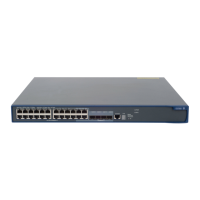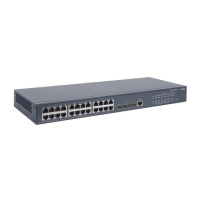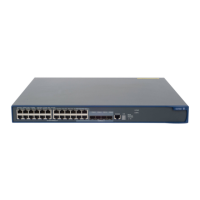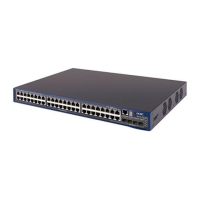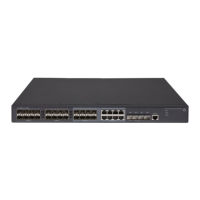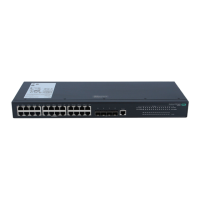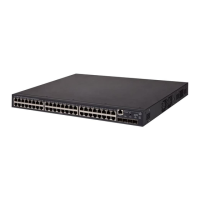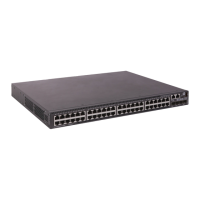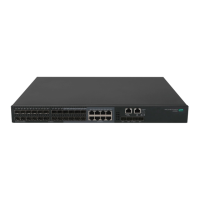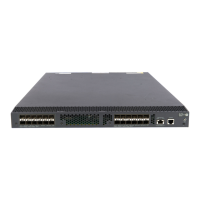24
communicate with other RADIUS servers in the active state. If no other servers are in the active state at the
time, it considers the authentication a failure. For more information about RADIUS server states, see
"Setting the status of RADIUS servers."
Follow these steps to set the maximum number of RADIUS request transmission attempts:
To do… Use the command… Remarks
Enter system view
system-view
—
Enter RADIUS scheme view
radius scheme
radius-scheme-name
—
Set the maximum number of
RADIUS request transmission
attempts
retry retry-times
Optional
3 by default
.
NOTE:
• The maximum number of transmission attempts of RADIUS packets multiplied by the RADIUS server
response timeout period cannot be greater than 75 seconds.
• For more information about the RADIUS server response timeout period, see "Setting timers for
co
ntrolling communication with RADIUS servers."
Setting the supported RADIUS server type
The supported RADIUS server type determines the type of the RADIUS protocol that the device uses to
communicate with the RADIUS server. It can be standard or extended:
• Standard—Uses the standard RADIUS protocol, compliant to RFC 2865 and RFC 2866 or later.
• Extended—Uses the proprietary RADIUS protocol of HP.
When the RADIUS server runs iMC, you must set the RADIUS server type to extended. When the RADIUS
server runs third-party RADIUS server software, either RADIUS server type applies.
Follow these steps to set the RADIUS server type:
To do… Use the command… Remarks
Enter system view system-view —
Enter RADIUS scheme view
radius scheme
radius-scheme-name
—
Set the RADIUS server type
server-type { extended |
standard }
Optional
standard by default
NOTE:
Changing the RADIUS server type will restore the unit for data flows and that for packets that are sent to
the RADIUS server to the defaults.
Setting the status of RADIUS servers
By setting the status of RADIUS servers to blocked or active, you can control which servers the device will
communicate with for authentication, authorization, and accounting or turn to when the current servers
are not available anymore. In practice, you can specify one primary RADIUS server and multiple
secondary RADIUS servers, with the secondary ones as the backup of the primary one. Generally, the
device chooses servers based on these rules:
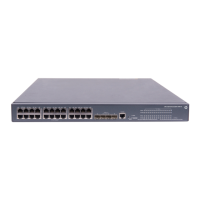
